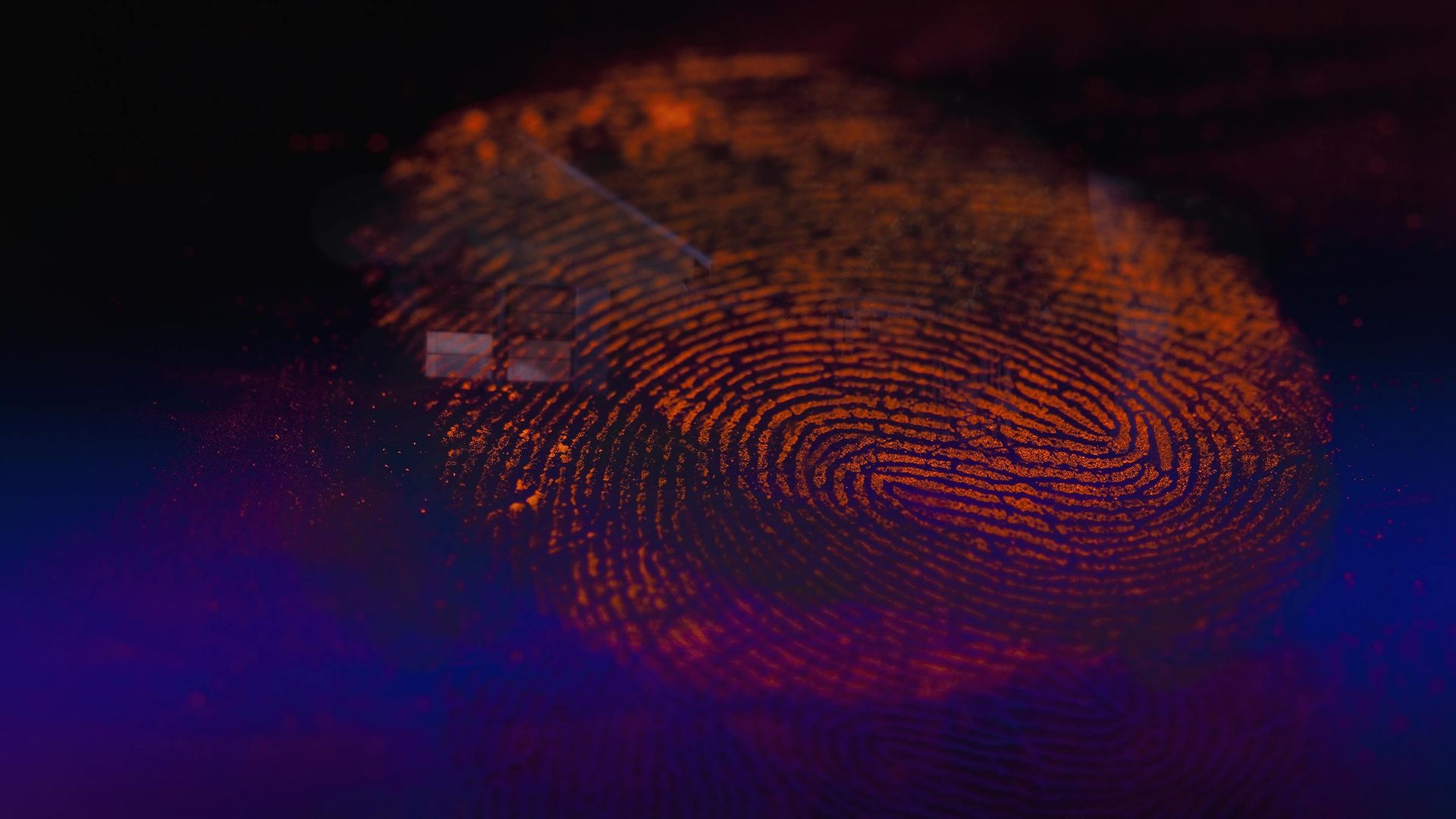-

COVERAGE STARTS 1PM ET
Stars collide in the W as Sabrina Ionescu and the New York Liberty take on Caitlin Clark and the Indiana Fever. Stream the WNBA on CBS! -

THIRD ROUND STARTS 3PM ET
Catch all the action from Fort Worth, Texas, and stream the PGA Tour on CBS. -

Live Tonight 9/8C
48 Hours investigates the most intriguing crime and justice cases that touch on all areas of the human experience, including greed and passion. -

CATCH UP ON THE LATEST SEASON
A reimagining of the classic series in which Queen Latifah portrays an enigmatic figure who uses her skills to help those with nowhere else to turn. -

Catch Up On The Latest Special
The Greatest @Home Videos, hosted by executive producer Cedric the Entertainer, is a one-hour series that showcases viral videos. -

CATCH UP ON THE LATEST SEASON
A team of U.S. NCIS agents and the Australian Federal Police come together to keep naval crimes in check in the Indo-Pacific. -

NOW STREAMING
Every Mission has led to this. Watch the entire collection and don't miss Mission: Impossible – The Final Reckoning, in theatres now.






